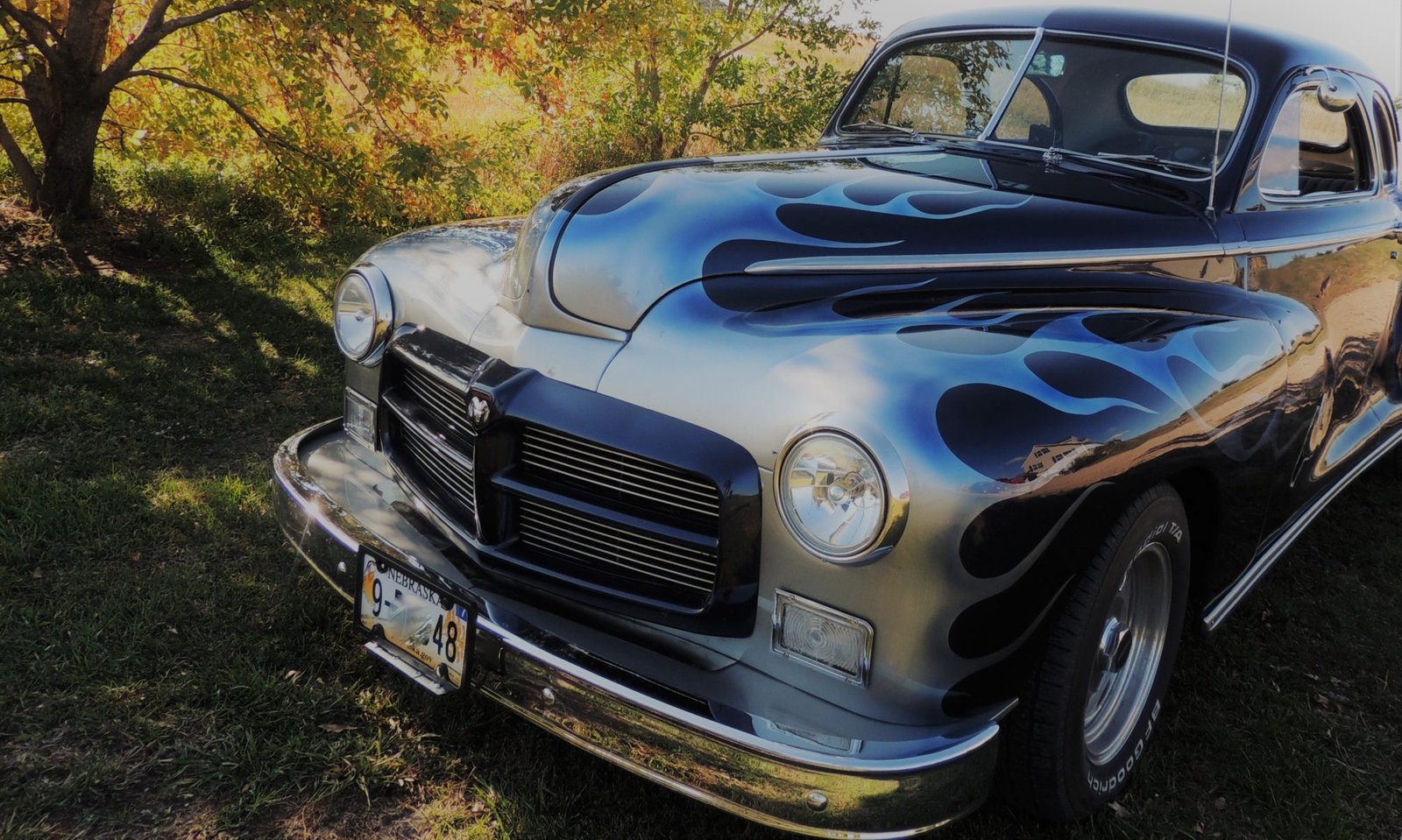In 1942, a mobile recruiting unit called the “Leatherneck Cruiser” crisscrossed America’s heartland in search of recruits:

This mobile unit was outfitted with everything from office space to sleeping quarters for the four-man crew. Its tour of thirteen central states launched in Chicago on December 8, 1941, the day America declared war in response to the devastating attack on Pearl Harbor.

The trailer portion of the Leatherneck Cruiser was pulled by an International COE Metro delivery truck with distinctive split grille. Very little information is available on this International, or what became of it, but reproducing it, complete with USMC branding, would be a great project idea for someone.
Below is another neat photo related to Marine Corps recruiting efforts during World War II. The four trucks depicted in this 1942 photo operated out of the Kansas City Marine Corps recruiting office. Each truck was manned by a single recruiting officer who toured the smaller towns of Kansas and Northwest Missouri looking for young men who had lived “an outside life” because they “make the best fighting men.”

The article makes no mention of the types of trucks used, but the far two look like Chevrolets. The near two are Fords, and the recruiter standing closest to the camera was really traveling in style behind the wheel of a rare 1942 Ford Woody Station Wagon. This combination of beauty and utility came with either six or eight cylinders and center and rear seats that were removable to increase hauling capacity. Leather seats were also an option!
My husband is a former marine, so Marine Corps Birthday, November 10th, is always recognized in our household. This year is special, however, as 2025 is a milestone for the Corps that marks 250 years of honor, courage, and sacrifice. Thank you to all who serve, and happy birthday USMC!




















